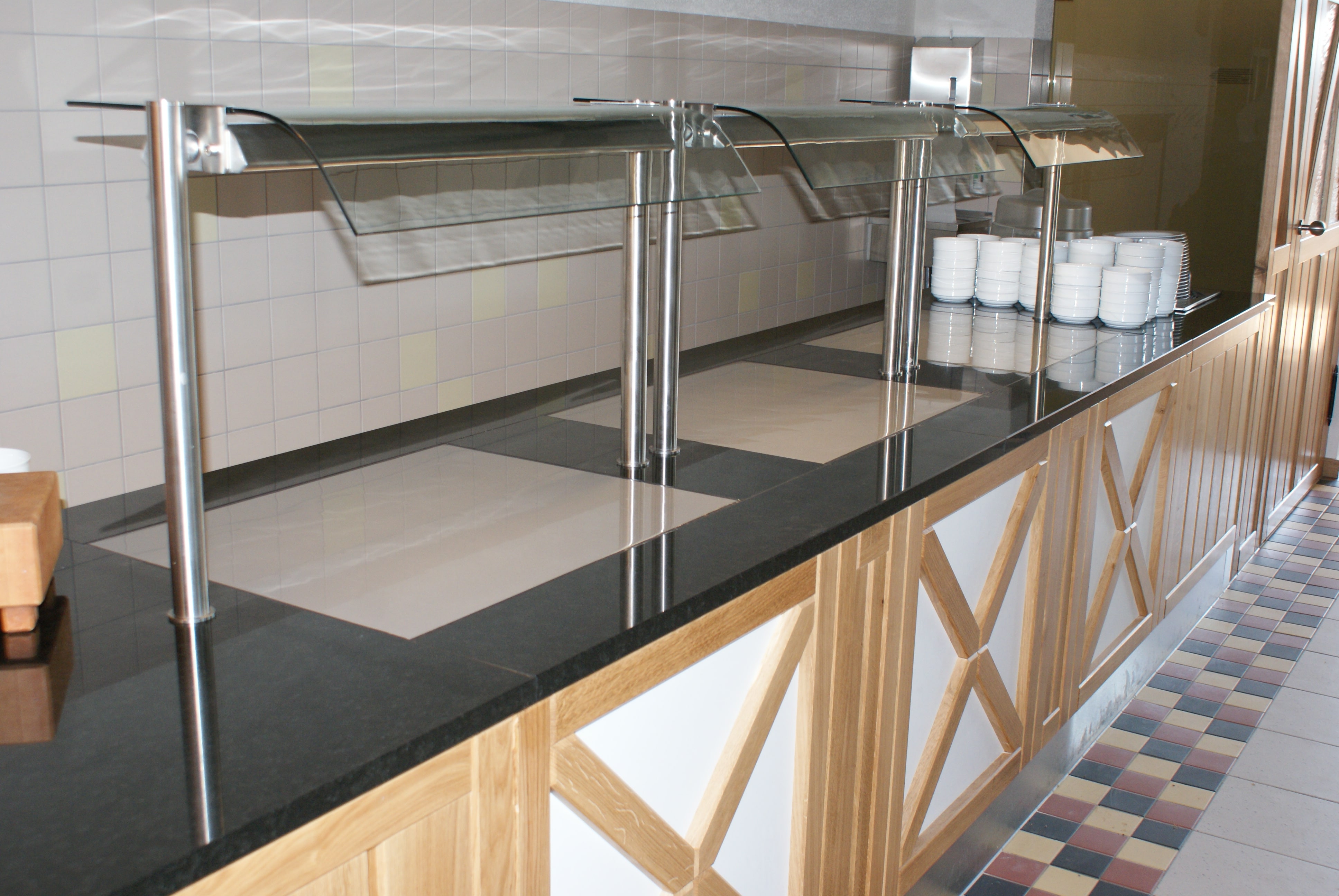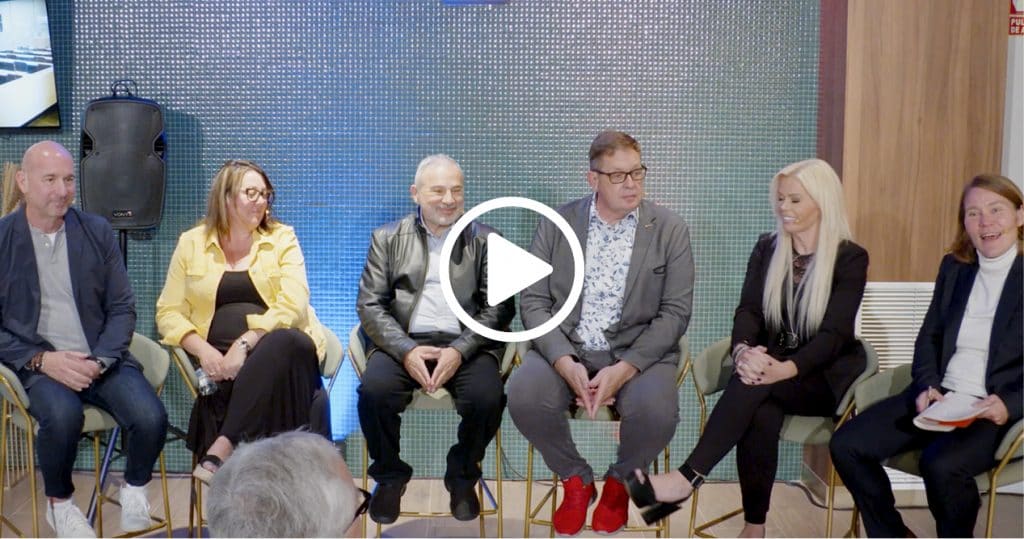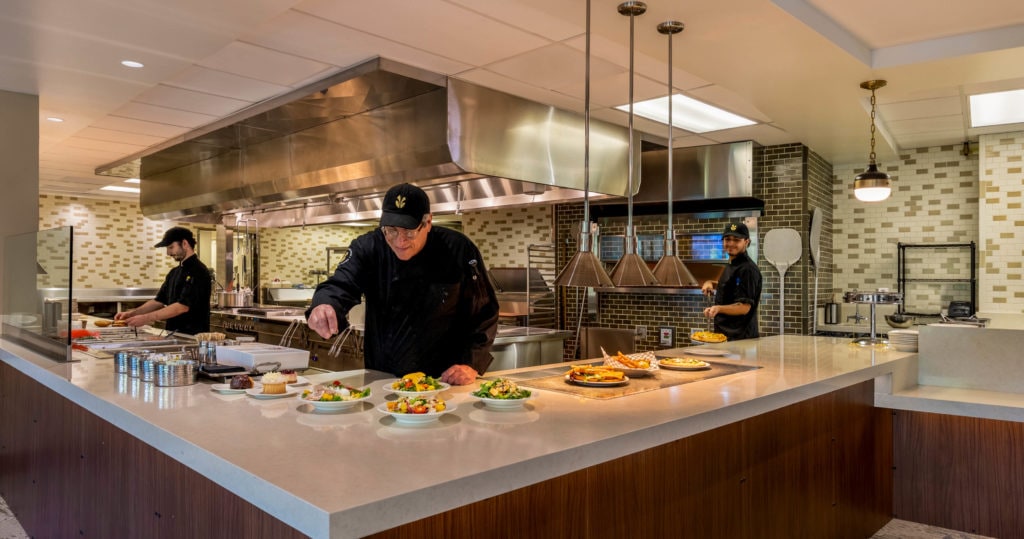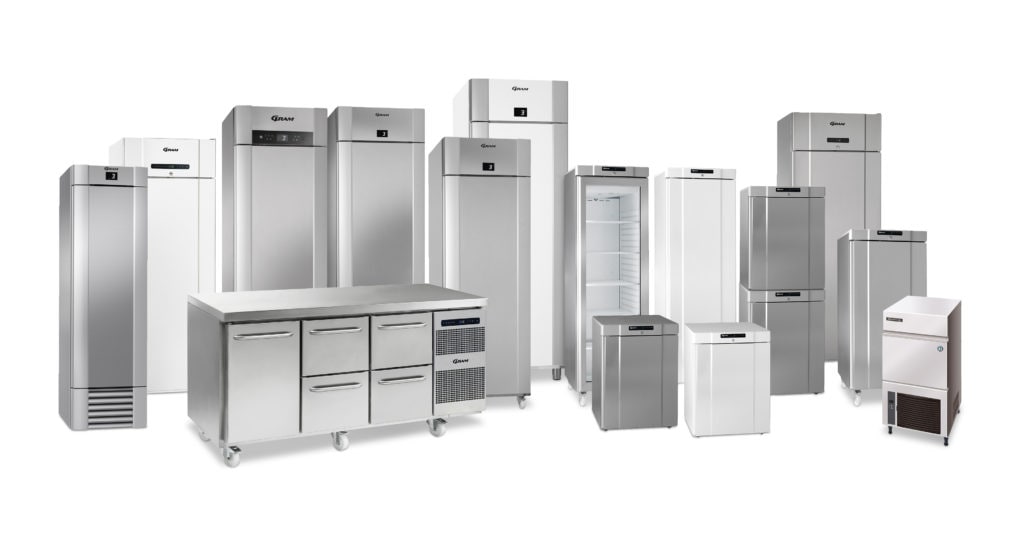
Many of us in the commercial kitchen equipment industry are still counting the cost of the Covid-19 pandemic. It led to many knee-jerk decisions: plastic screens appearing everywhere virtually overnight; hand-sanitising stations around every corner; warning signs instructing us all to keep a minimum of two metres apart.
This was all an understandable reaction to an outbreak that at the time we didn’t understand, and certainly had no real idea of how far-reaching its consequences might be. For some, it spelled the end of hospitality as we know it. Certainly, it meant changing behaviours, particularly when it came to buffets. Operations around the world were obliged to completely rethink their buffet offering, for example, and in some cases, this simply meant shutting them down.
But human nature is such that we can rarely, if ever, accept change that is enforced upon us for long. Sealed buffet portions, for example, was never going to be a long-term solution. Whereas there are undoubtedly legacy issues resulting from the pandemic that will stay with us for good, early suggestions that the buffet was effectively dead and would never return, appear to have been somewhat exaggerated. Changed, certainly; finished, certainly not.
Hygiene design
What has changed, is people’s perception of hygiene. Whereas traditionally, buffet systems have been designed to be open and easily accessible, now there is greater regard to shielding, to create a more hygienic ‘barrier’ between the diner and the food. Simple ‘sneeze guards’ have become more elaborate, creating fully contained, ‘closed’ units with lift-up panels or sliding doors, and with heating lamps and lights either built into the design or as stand-alone ‘bridges’. Even greater importance is being attached to air flow, and in particular designing systems with positive air flow so that air only escapes the cabinet, but never comes back in (i.e similar to a modern aircraft’s airflow system).
 All of these demands have placed pressure on buffet system manufacturers to think outside of the box. Different customers have different ideas on what ‘good’ looks like, and what their customers will accept, and that is pushing innovation and design.
All of these demands have placed pressure on buffet system manufacturers to think outside of the box. Different customers have different ideas on what ‘good’ looks like, and what their customers will accept, and that is pushing innovation and design.
Custom-made shapes, colours and multiple glass-types are now being demanded, especially where aesthetics and branding are still important, such as in corporate dining environments. Curved shapes are in demand. Buffets systems tend to be front-of-house and still need to look appealing and enticing to the diner. Automatic screens and touchless controls are also now being considered in environments where less physical contact is perceived as being more hygienic.
The watchword both now and in the years to come will be flexibility. ‘Standard’ systems of the past will not necessarily match the aspirations of the future. That’s not to say that future systems will not become ‘standardised’, but rather the disruption caused by the pandemic has forced the industry to reconsider system design.
Disruption is seldom, if ever, welcomed. But it is incumbent upon us as professionals to use disruption as a force for good. Talks of the buffet’s early demise have proved unfounded. It is still considered a hotel ‘norm’ and there is an expectation that some degree of buffet will be provided. And in a time when staffing and recruitment are at an all-time low, the practical nature of a buffet dining experience will ensure its relevance for many years to come.
Joachim Hoeller, ounder of Hoeller Manufacturing




